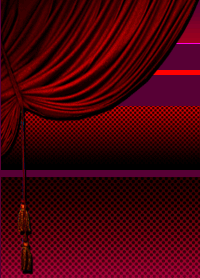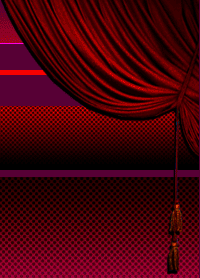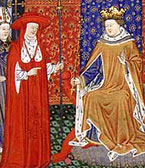

It is in the red range that European man first displayed his skill, much earlier than in other colours, in painting as in dyeing. That is why red was long considered as the colour par excellence.
In most Indo-European societies, red, along with white and black, formed a three-centred system, around which, until the middle of the Middle-Ages, all social codes were organised.
Red has been associated, since the beginning of time, with blood and fire, with life and vigour, with authority and beauty.
Red became the colour of sign and signal, danger and prohibition…
of joy and childhood…
of love and eroticism…
of luxury and celebrations, of material and materialism.
In the West, from the most ancient epochs, the colour red has been associated with the portrayal of power and the sacred.
As early as the Roman period, red, the colour of war, participates in all victories and solemn occasions.
Medieval Christianity maintains the solemn uses of red, reducing its bellicose dimension and valuing its sacred function.
Red became one of the three principal liturgical colours, related to celebrations of the Holy Ghost and the Cross. Associated with white, it also became the symbolic colour of the Church, the papacy and a large part of the rituals and ceremonies relating to them.
It occasionally becomes a display of opposition and rebellion.
Red has become the dominant colour in places of pleasure and entertainment. It is the colour of theatres where shows are given, where music is listened to, or where a play or an opera is performed.
If, in the 18th century, blue competes with it for a while in this role, red remains until very recently, the colour of theatricality.
Everywhere theatres and concert halls are covered in red from floor to ceiling, from the seats to the curtains, to express at once the exceptional character of the place and the pleasure of being there. Without red, the celebration would not be complete, the pleasure not as great, the place more common.
In modern times, the presence of red has not disappeared from churches and palaces, but its use has been extended to other places and circumstances: some of them just as solemn, like the Court House, others more secular and playful.































































